Few authors capture twisted minds and sinister secrets quite like Freida McFadden. Her psychological thrillers leave no room for comfort, dragging readers into locked rooms, unspoken truths, and chilling betrayals that refuse to fade. With each novel, McFadden plays a clever game—leading her audience one way, then snapping the trap shut without mercy.
She writes with the instincts of a physician and the precision of a storyteller who knows where fear lives. Each series pulses with unique energy. The Housemaid saga scratches at the thin layer of trust between employer and employee.
The Prescription: Murder series examines what happens when medical skill turns deadly. Her standalones? Those books never offer safe ground.
New readers might wonder where to start. Longtime fans may want to double-check if they missed any hidden gems. This complete guide lays out every McFadden book in order, offering a full map of her twisted fiction. Choose your first title—but be warned. Once you start, you will not want to stop.
Dr. Jane McGill Series
Freida McFadden launched her writing career with a biting blend of medical humor and raw honesty. The Dr. Jane McGill series sets the tone for her later psychological thrillers—funny, sharp, and filled with tension that lives behind every closed hospital door.
These books reflect the mess, chaos, and silent cruelty buried in professional spaces where failure costs lives. They also prove McFadden could turn a medical chart into a murder weapon if she wanted.
1. The Devil Wears Scrubs (2013)
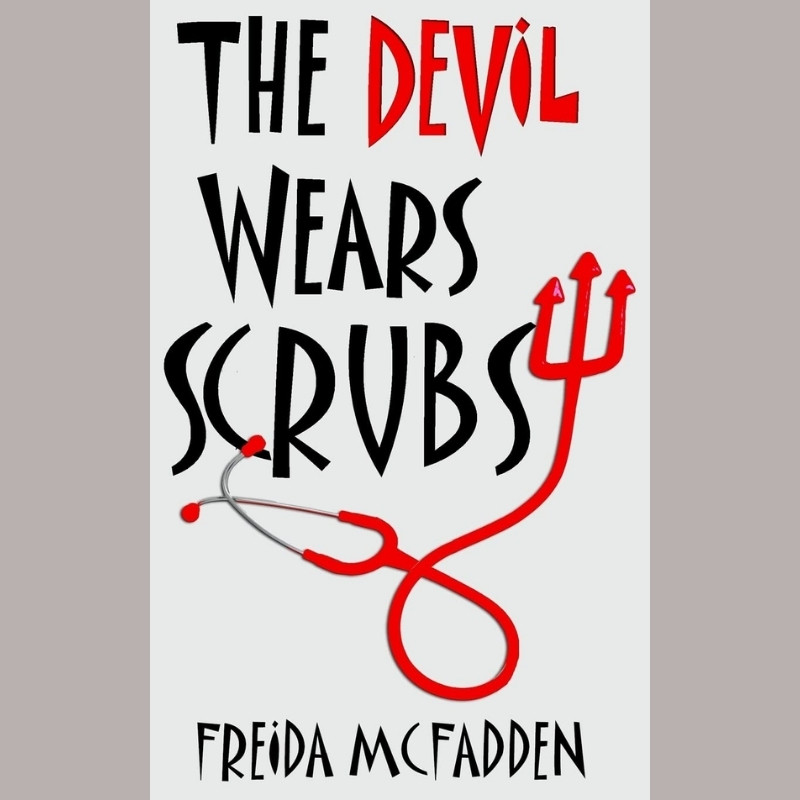
Dr. Jane McGill is no superhero. She stumbles, doubts, cries in call rooms, and endures the humiliation that only a toxic supervising physician can deliver. The novel reads like a dark comedy stitched with surgical precision.
It punches through the idealized image of hospital life with a protagonist who feels painfully real. Every chapter slices through the polished myth of medical drama with sarcasm, heartbreak, and terrifying late-night shifts that blur sleep with survival.
McFadden presents a brutal residency experience that turns young doctors into ghosts of themselves. Yet through the exhaustion, Jane stays funny, relatable, and quietly angry. That anger breathes life into the story.
2. The Devil You Know (2017)

Years pass. Jane survives the residency trenches, but peace remains out of reach. Her return to the hospital brings fresh horrors—old rivals, strange patients, and whispers that danger has moved in again.
The comedy sharpens, and the suspense coils tighter. Where the first book dealt with the misery of inexperience, the sequel explores the long-term damage that never heals. Jane no longer fights to prove herself. She fights to stay whole.
McFadden draws tension from minor moments—a glance, a missing chart, a line of dialogue that suggests something far more dangerous underneath. The pacing slows, but the psychological undertones grow colder. Jane has scars now. And someone may want to open them again.
The Dr. Jane McGill series does not just entertain. It dares to expose a system built on endurance and silence, offering an insider’s voice sharpened by wit and worn-down by reality. Both novels serve as an ideal entry point into McFadden’s mind, where comedy and cruelty are always neighbors.
Prescription: Murder Series
The Prescription: Murder series cuts deeper than any scalpel. McFadden transforms hospital corridors into battlegrounds where medicine and murder bleed into each other. Each book challenges the boundaries of professional ethics, asking what happens when those with the power to heal choose instead to harm.
These novels stay grounded in clinical detail, but every heartbeat sounds like a warning.
3. Suicide Med (2014)
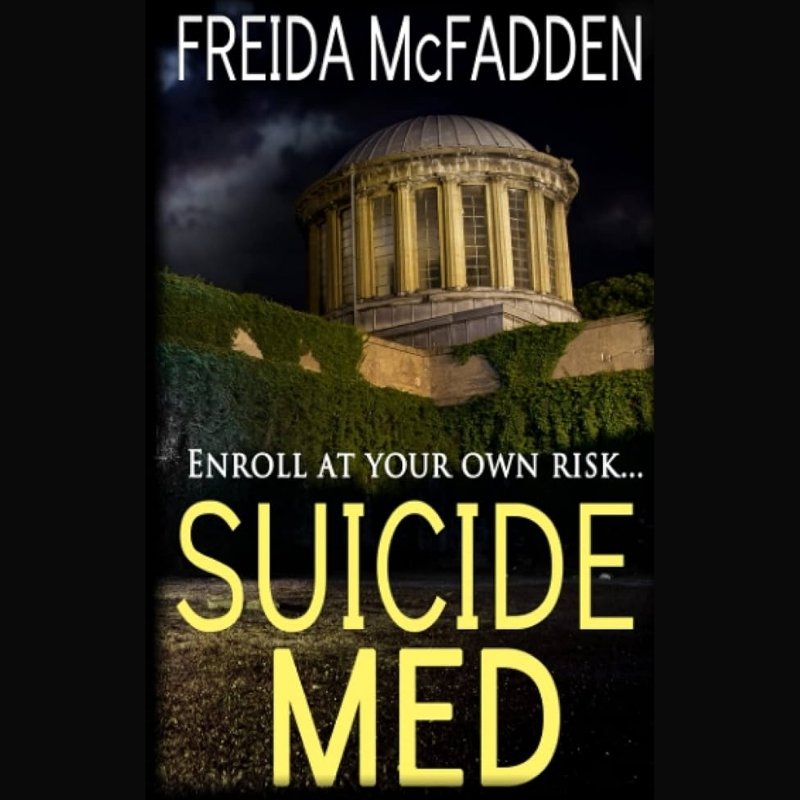
A group of medical students hides behind their white coats, but no one in this program is innocent. Secrets pile up faster than patient charts. A suicide on campus raises suspicions, and the truth becomes a riddle buried beneath ambition, guilt, and a culture of silence.
McFadden uses the medical school setting as a trap—one that slowly closes around her characters.
Tension grows with every diagnosis, every classroom interaction, every late-night call. The plot unfolds like a toxic anatomy lesson. The students carry trauma in their pockets and motives in their glances. No one wants to ask the wrong question. Every answer feels too late.
This is not a mystery where someone simply dies. This is a story where each person becomes complicit in the decay.
4. Brain Damage (2016)

A new hospital, a new set of problems. In Brain Damage, McFadden shifts the tone into full-on psychological warfare. A neurologist finds herself doubting her sanity after a string of strange cases, lost time, and personal turmoil.
McFadden uses medical symptoms as metaphors. Confusion, paralysis, split perception—all reflected in the protagonist’s unraveling mind.
The brilliance lies in how easily the plot mimics a diagnosis. The mystery creeps in unnoticed, camouflaged as routine stress. By the time the characters question reality, the damage feels permanent.
The suspense does not shout. It whispers through patient files and small talk between nurses. Readers expecting traditional thrills will instead feel a slow descent into something far more disturbing.
5. Dead Med (2024)
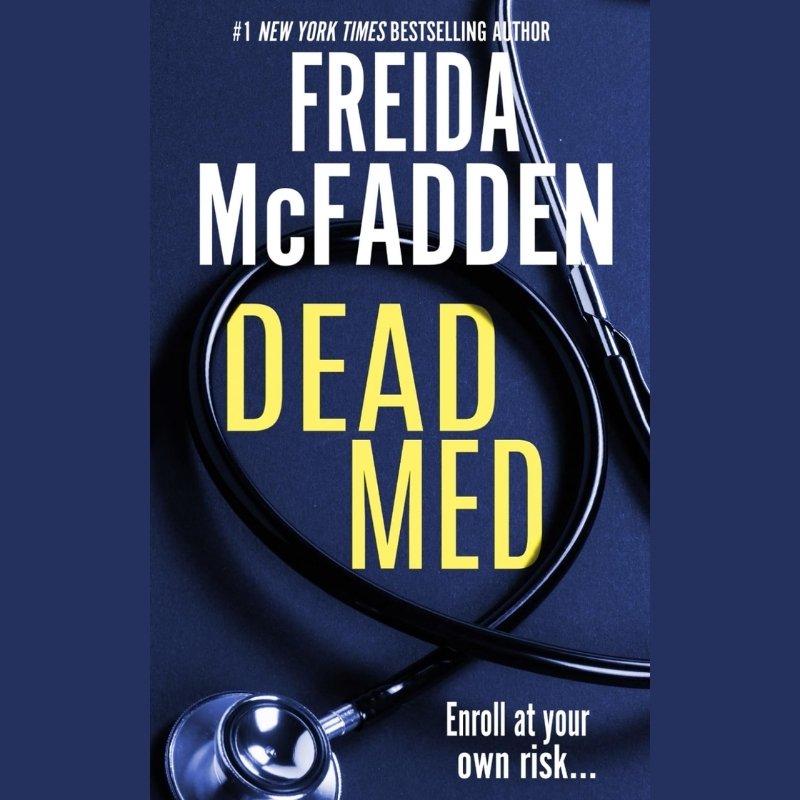
Everything comes full circle. Dead Med closes the series with a dark, bitter edge. A mysterious death shocks the institution, and everyone becomes a suspect again. McFadden combines sharp plotting with cold, clinical ruthlessness.
The story tears into academic medicine, exposing its most dangerous illusions—objectivity, loyalty, hierarchy.
Unlike the earlier books, Dead Med abandons any safety net. There is no humor left, only damage. Characters return not to heal but to confront what they buried. McFadden keeps the narrative stripped and efficient.
Every scene advances the tension. No detail feels random.
The ending does not offer relief. It mirrors the nature of a fatal diagnosis: undeniable, devastating, and final.
The Prescription: Murder series leaves no room for comfort. It strips away the glamor of white coats and reveals a world where intelligence can become a weapon, and no one walks away clean.
Standalone Novels
Freida McFadden thrives without constraints. Her standalone novels deliver psychological tension in concentrated doses. Each book operates like a sealed chamber. New setting. New characters. Fresh secrets. No exit.
McFadden plays with unreliable memories, domestic pressure, and fractured identities. Readers enter each story blindfolded. They leave questioning everything.
6. Baby City (2015)

A satirical gut-punch. The medical system becomes a circus. Obstetric interns buckle under nonstop deliveries, hormonal storms, and cruel mentorship. It feels like Grey’s Anatomy rewritten by someone with a grudge and a scalpel.
The novel balances slapstick chaos with true emotional cost. Every mistake carries weight.
McFadden blends exhaustion with absurdity. The labor ward runs like a pressure cooker. The writing stays honest, frantic, and occasionally hilarious. It is medicine at its most ridiculous—and its most tragic.
7. The Surrogate Mother (2018)
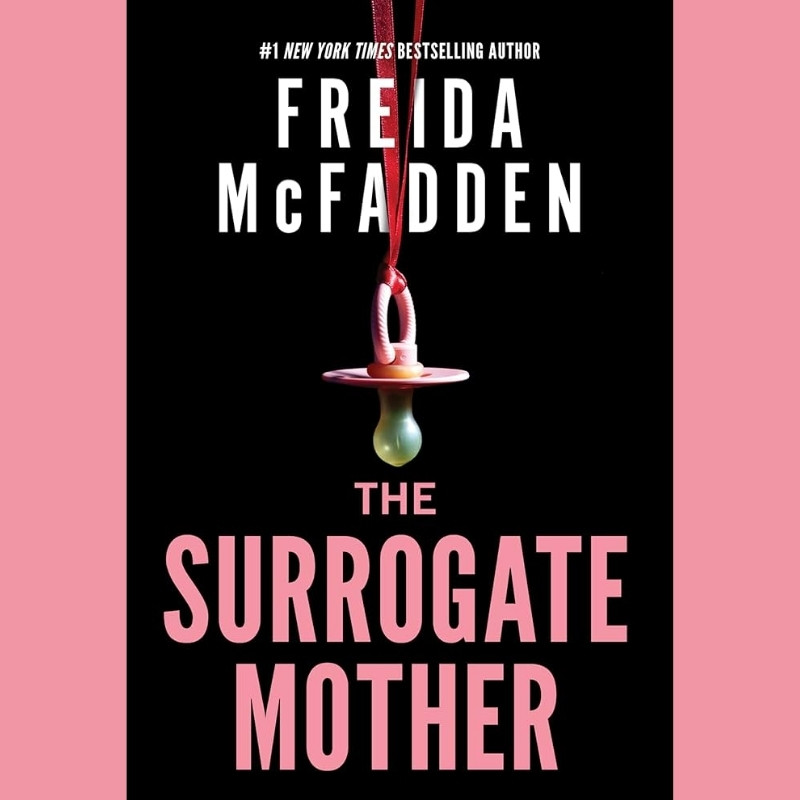
A woman agrees to carry a child for strangers. Their life seems perfect. Her instincts scream otherwise. The story grows tighter with every page. Small details—odd looks, tense silences—start to fracture the glossy image. McFadden weaponizes domestic space. Every corner hides something sharp.
The final reveal feels like a pulled rug. McFadden never rushes. She lets dread settle first. Then she shoves.
8. The Ex (2019)

You break up. You try to move on. Then your ex shows up—at your job, in your apartment, inside your life. The Ex reads like a panic attack in slow motion. The tone stays clipped and focused. The main character cannot escape her past. Every page feels like she is watching her own breakdown in real time.
McFadden traps her in that gap between suspicion and proof. Nothing explodes. Instead, everything corrodes.
9. The Perfect Son (2019)
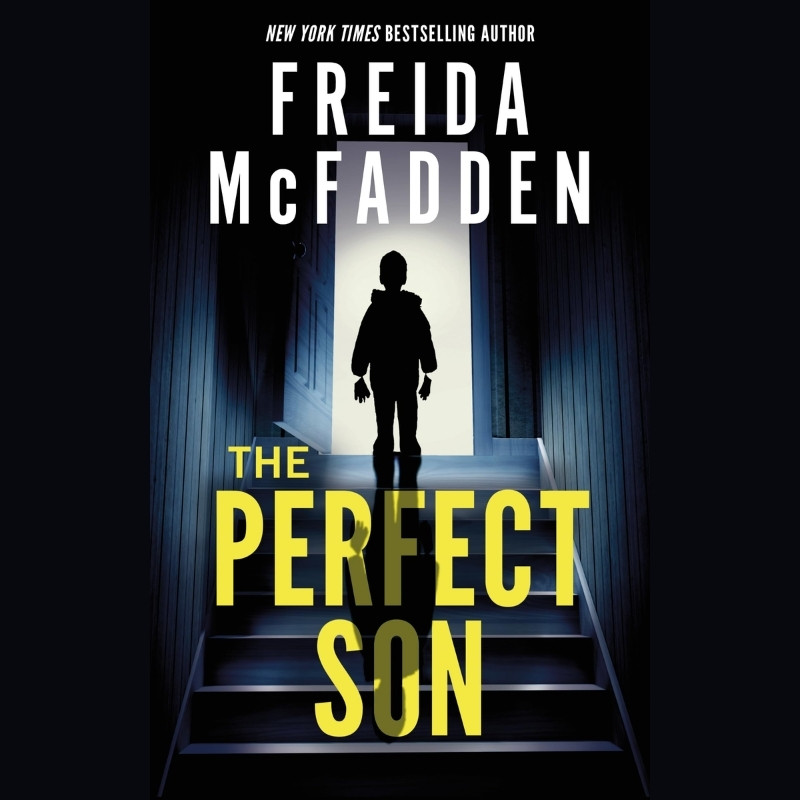
Every parent wants to believe their child is special. But what if the signs of brilliance cover something far colder? The novel explores what happens when parental hope turns into fear. McFadden toys with the boundary between gifted and dangerous.
The pacing pulls readers into a quiet spiral. Tension builds inside the family. The mother narrates through clenched teeth. Each chapter forces her—and the reader—to ask the same question: How far can denial stretch before it snaps?
10. The Wife Upstairs (2020)
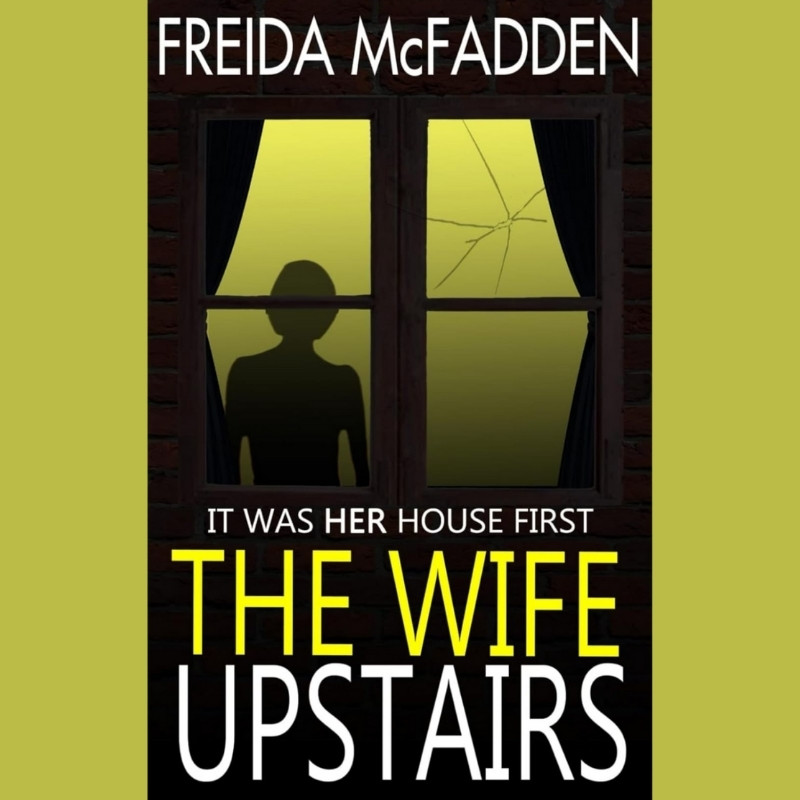
A nod to Jane Eyre—if Jane Eyre locked the door, stole your keys, and smiled through the peephole. A new wife suspects the man she married keeps secrets buried beneath luxury. The attic metaphor returns, but McFadden strips away any romance. This is about power. About control. About silence.
The writing stays tight. Each reveal makes the previous chapter more disturbing. The wife upstairs watches everything. She misses nothing.
11. One By One (2020)
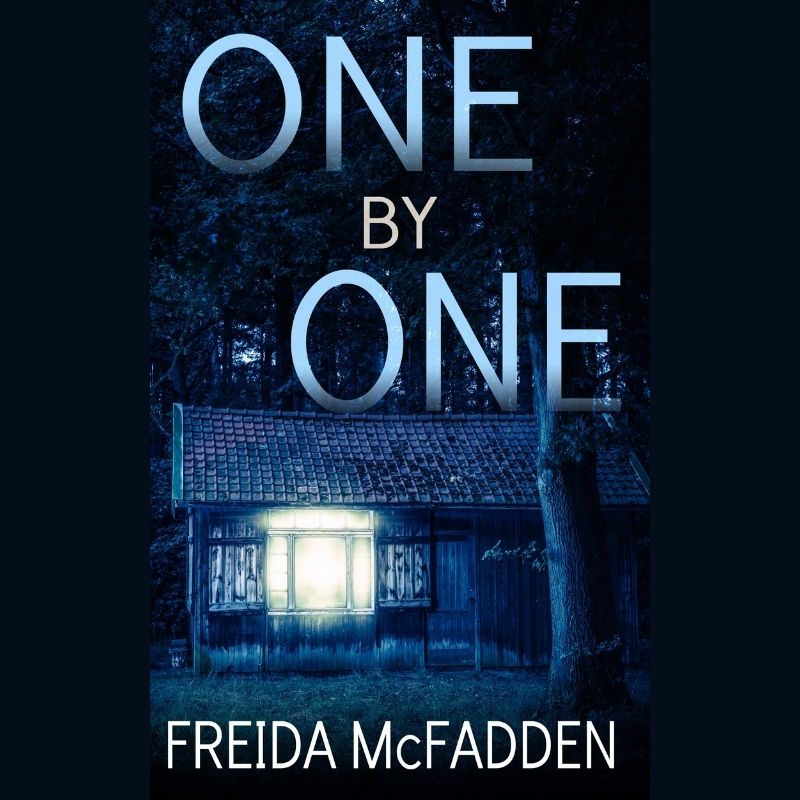
A group of friends retreats to a snowy cabin. Then one vanishes. Then another. The setup screams classic mystery. McFadden uses it to strip trust down to its bones. Everyone has a motive. Every friendship feels paper-thin.
No one can call for help. Everyone carries guilt. The cold outside mirrors the suspicion inside. The final twist does not reset the board—it burns it.
12. Want to Know a Secret? (2021)

Every family has secrets. But some families bury bodies with theirs. A quiet suburban household unravels after a single confession. The story unfolds through flashbacks and fractured voices. Nothing feels solid.
McFadden scatters clues like breadcrumbs in a fog. Readers feel close to the answer—then slip again. The truth reveals itself only after every character strips down their lies.
13. The Locked Door (2021)
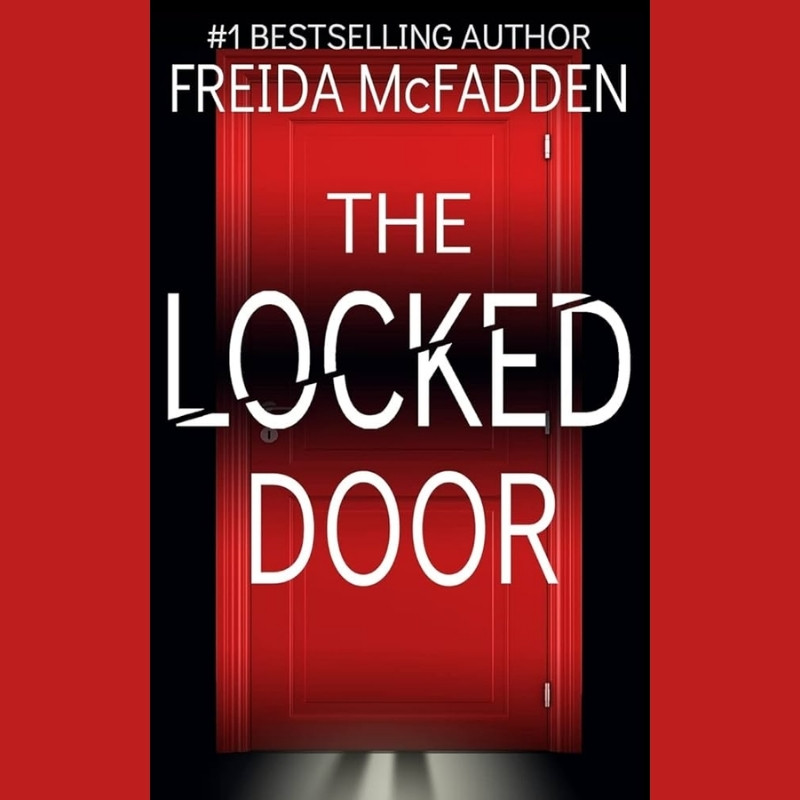
What if your father was a serial killer? What if people thought you were next? Nora Davis lives with that shadow. She stays quiet. She becomes a surgeon. Then patients begin dying in her orbit.
McFadden blurs legacy and identity. Nora fights to protect her life—but can never fully explain it. The story pulls readers through moral swamps. Everyone wants to believe they are not defined by blood.
Sometimes they are.
14. Do Not Disturb (2021)
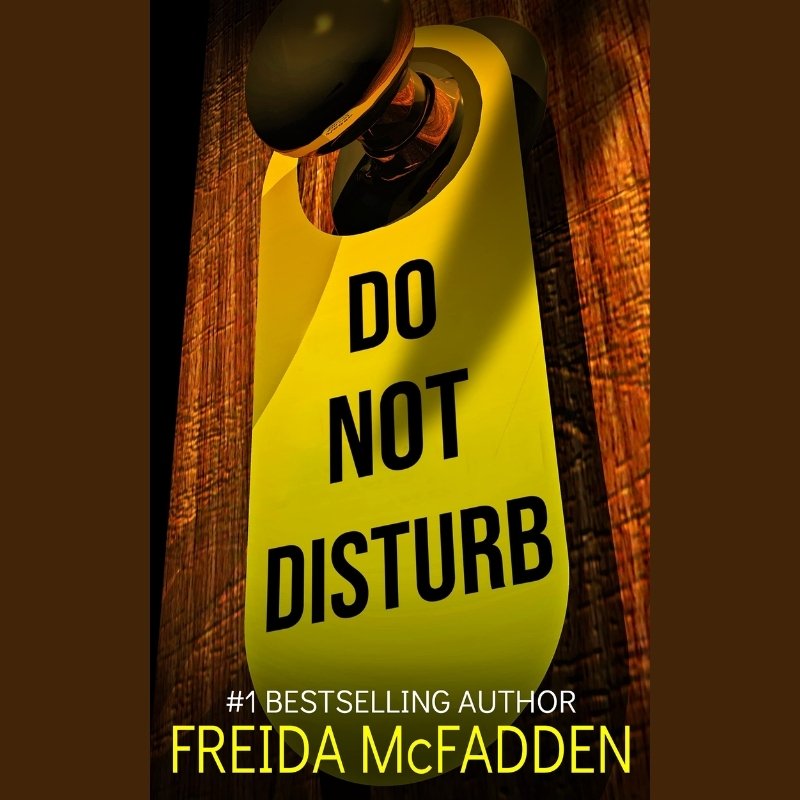
Quinn wants to escape her past. She drives until the road stops. But the motel where she checks in feels wrong. The people feel rehearsed. The silence feels rigged.
The novel builds claustrophobia with precision. Doors creak. Phones ring with no one on the line. McFadden lets every scene echo with dread. Quinn cannot run. She can only delay the collision.
15. Do You Remember? (2022)
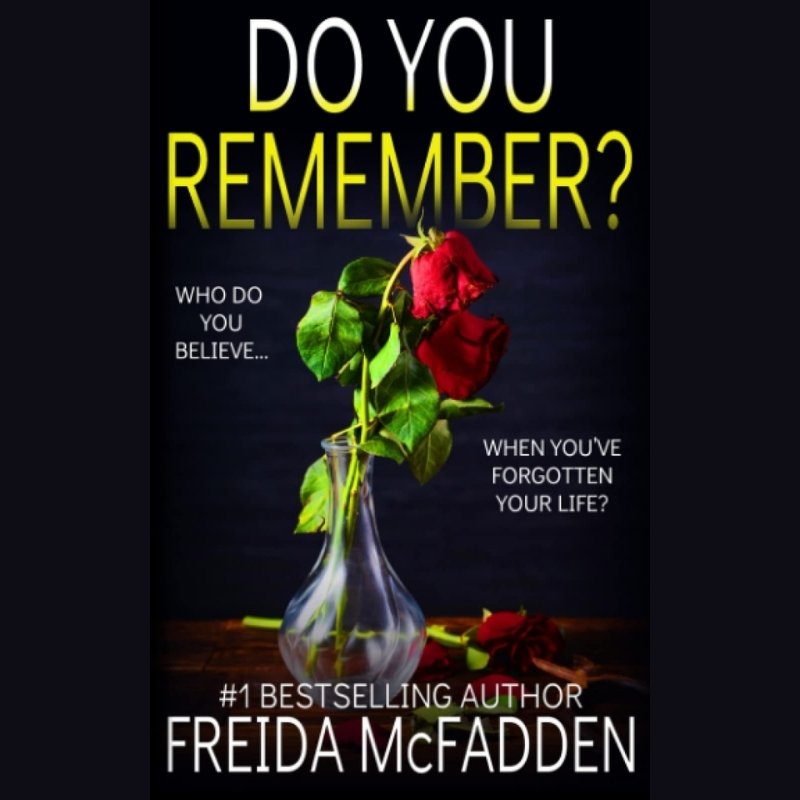
Waking up in a stranger’s house. Blood on the floor. No memory. The protagonist must rebuild her life using fragments that refuse to fit. McFadden uses amnesia not as a gimmick but as a curse. The reader shares her confusion, her terror, her desperation.
Every recovered memory feels like a wrong turn. Every step forward risks exposure. The ending rewires everything.
16. The Inmate (2022)
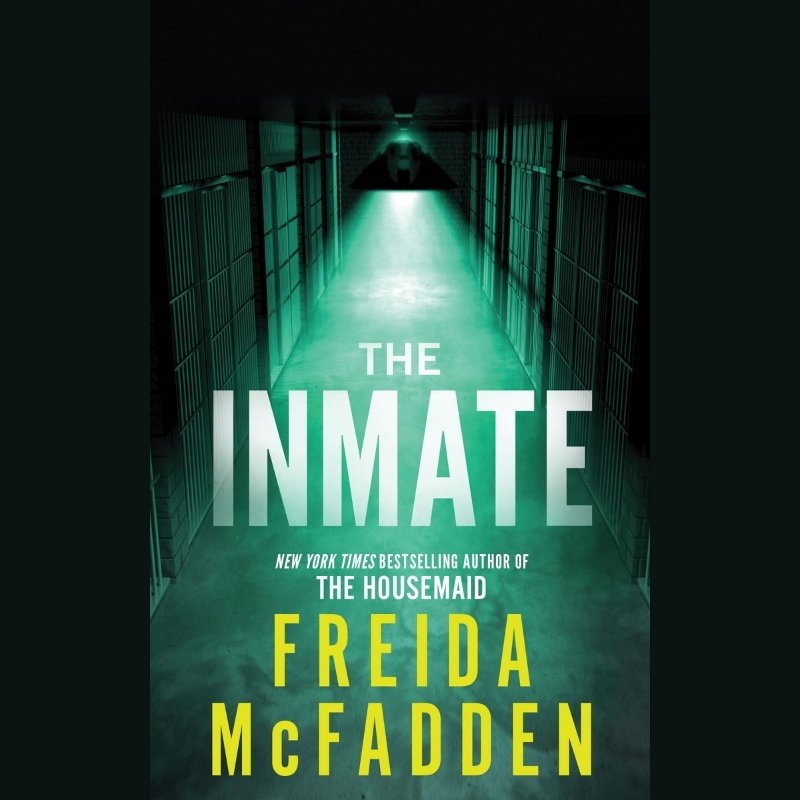
A nurse returns to work in a prison. Her ex sits behind bars—accused of a crime she helped convict him for. She never doubted his guilt. Until now.
The book shifts between the past and the present. Regret fights memory. The prison setting traps everyone. No one escapes without consequences. McFadden draws tension from proximity. She places danger inches away. Then watches what happens.
17. Never Lie (2022)
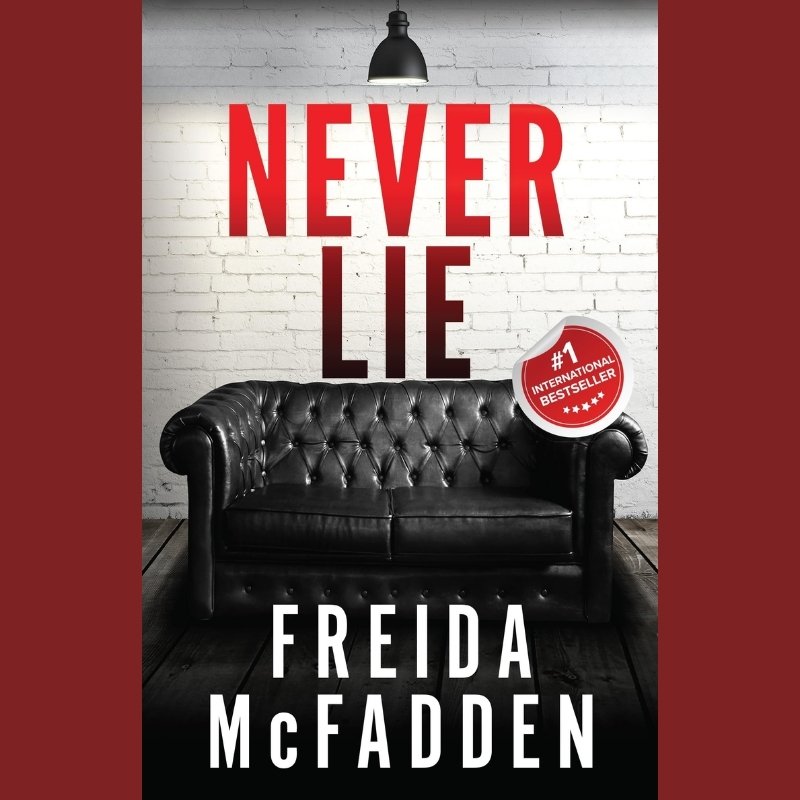
A young couple buys an abandoned house. They find a cache of therapy tapes left by the previous owner—a missing psychiatrist. McFadden layers two mysteries: What happened to her? And why are the recordings so wrong?
The story explores obsession, manipulation, and the violence people hide inside therapy rooms. Each tape breaks down trust. Each clue deepens the rot.
18. Ward D (2023)

A night shift on a locked psychiatric ward. A missing patient. A staff that refuses to speak. The setting forces isolation. The silence grows louder than any scream.
The protagonist pieces together the truth like a puzzle dropped in the dark. McFadden lets fear crawl under the skin. Nothing jumps out. It seeps in instead.
19. The Coworker (2023)
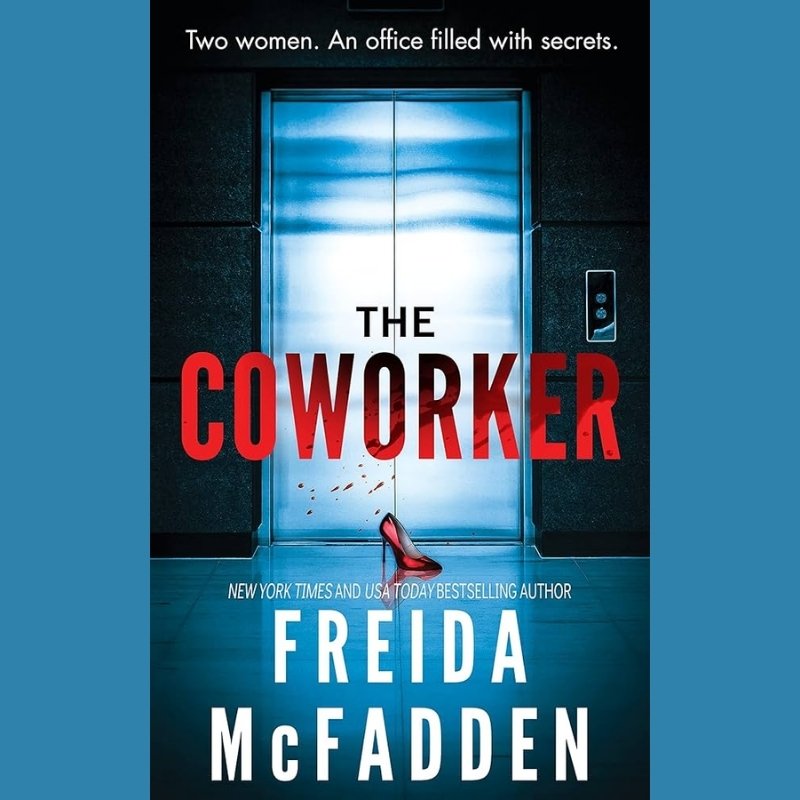
Two office workers. One vanishes. The other knows more than she admits. Corporate culture becomes a minefield. Polite emails hide cruelty. Status updates become weapons.
The book twists gender, labor, and loyalty. McFadden reveals how little anyone knows about the person two desks over. The horror lives not in the disappearance—but in what gets discovered after.
20. The Teacher (2024)
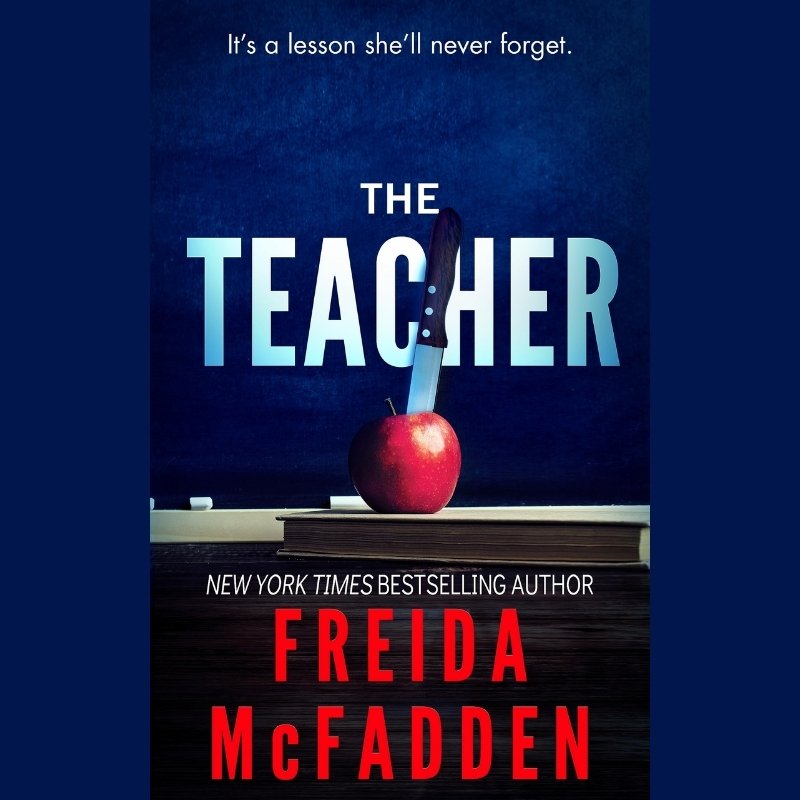
High school becomes a psychological maze. A teacher uncovers a student’s secret. That discovery triggers something she cannot control. McFadden manipulates power dynamics. The teacher holds the gradebook—but not the truth.
Each classroom scene tightens the pressure. Teenagers carry knives in their smiles. The final lesson teaches fear.
21. The Boyfriend (2024)

A dreamy man. A perfect relationship. Then: gaps, slips, lies. McFadden weaponizes romance. The book explores control masked as charm. Every sweet gesture hides a bruise.
By the time the truth surfaces, the damage feels inevitable. McFadden ends not with revenge—but exposure.
22. The Crash (2025)
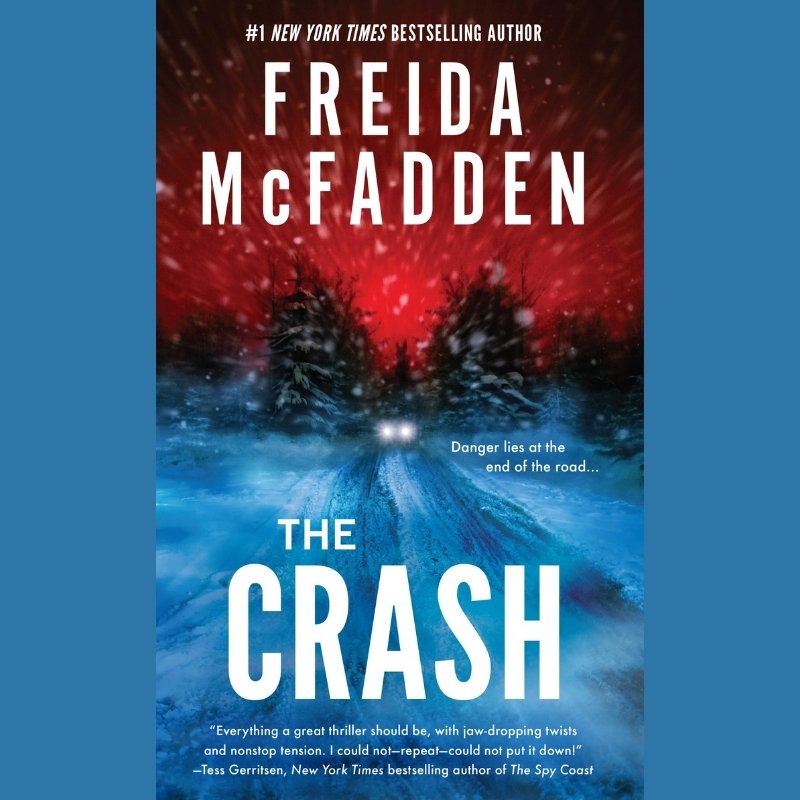
Memory lost. Identity in question. A car accident erases the past. But what if someone depends on you staying confused?
The plot traps the reader in the same fog as the narrator. Each detail feels like a trap. Nothing can be trusted. Especially not the people trying to help.
23. The Tenant (2025)
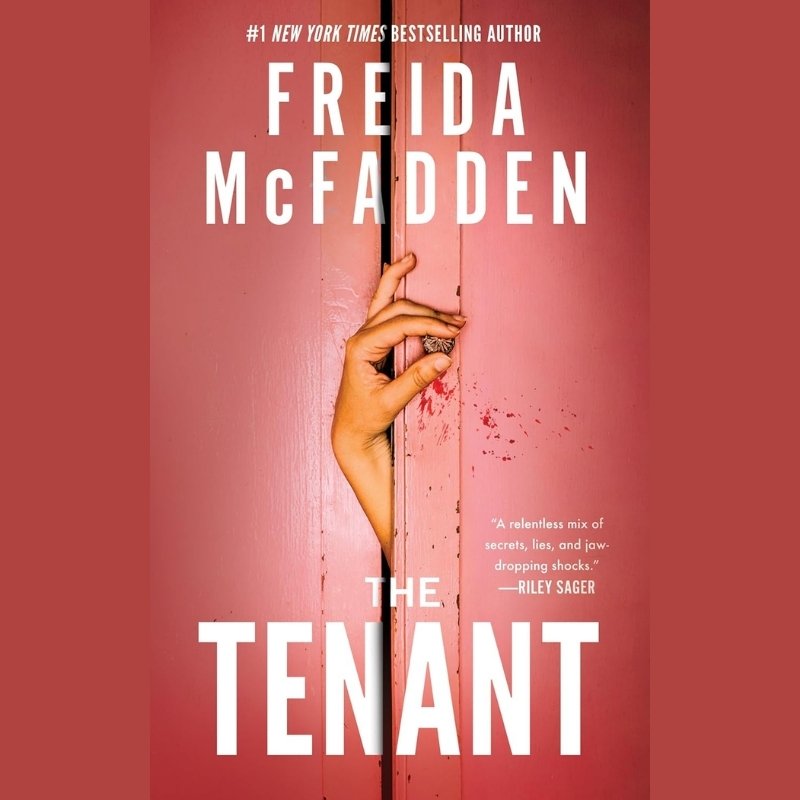
A woman rents out a room. Her tenant pays on time. Never causes trouble. But slowly, things shift. Photos move. Keys disappear. McFadden builds dread in silence.
The danger does not knock. It waits inside the house.
The standalone novels show McFadden’s full range—domestic suspense, clinical thrillers, and memory-based horrors. Each book isolates fear in a different form. Every story stands alone. Every ending echoes.
The Housemaid Series
Freida McFadden struck literary lightning with The Housemaid series. These novels blend class tension, hidden trauma, and psychological warfare into airtight suspense. Each book features explosive pacing, but beneath the thrills lives something colder—an examination of control, manipulation, and the lies people tell to survive domestic cages. Readers enter expecting secrets behind closed doors. They find entire lives built on deception.
24. The Housemaid (2022)
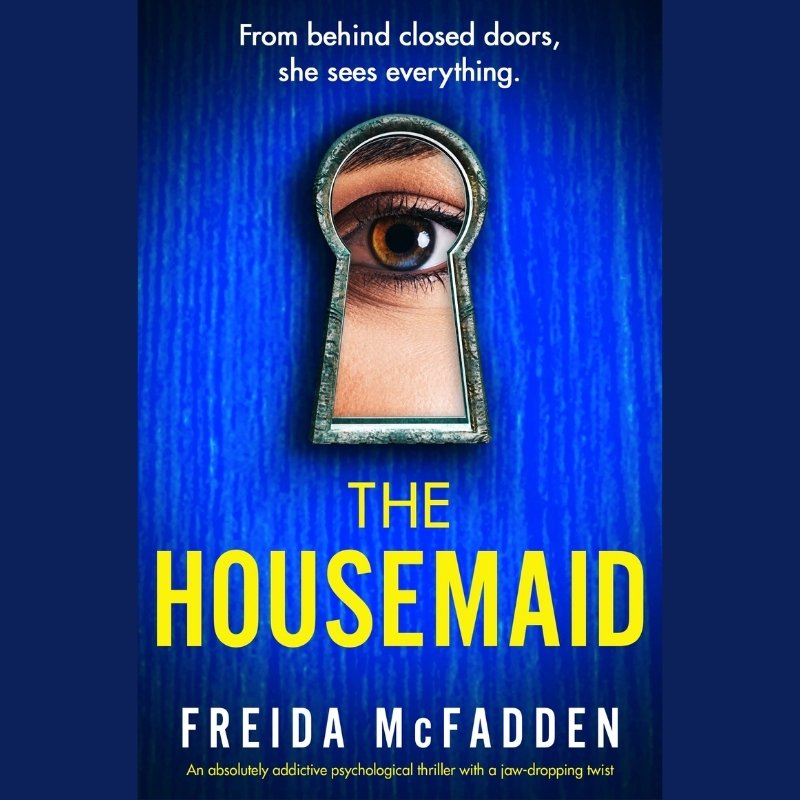
Millie needs work. The Winchester family needs help. Their home feels too perfect. Their routines feel too precise. Their rules feel too strict. Millie takes the job anyway. Then she discovers the locked door upstairs. The one she must never open.
McFadden paces the story with cruelty and care. The lies unfold slowly, then explode in chapters that leave readers breathless. Every character hides something, even Millie. The story punishes assumptions and rewards suspicion. The final reveal changes everything about what came before.
This is not a maid cleaning up after others. This is a woman scrubbing away her own past while walking barefoot over broken glass.
25. The Housemaid’s Secret (2023)
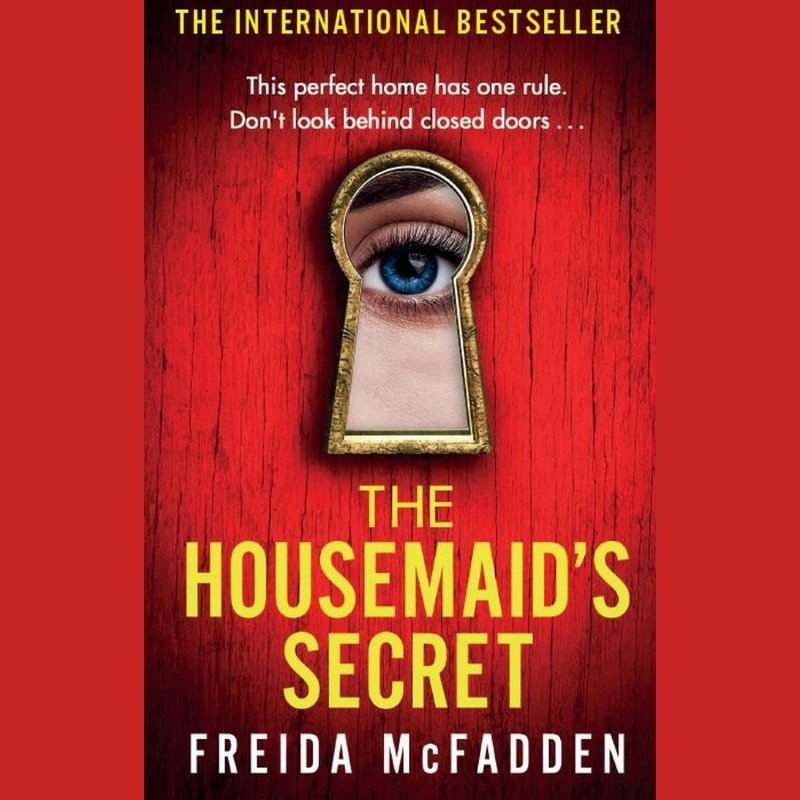
Millie returns. New house. New couple. New warning signs. McFadden deepens her themes of power and survival. Millie is stronger now—but so are the threats. The house she enters hides something cruel. She suspects abuse. She sees the signs. But every step toward the truth pulls her deeper into danger.
The suspense cuts sharper this time. Millie’s instincts clash with her fear. She fights not for herself, but for someone else. The risks climb. The manipulation thickens. McFadden builds a climax that punishes every moment of doubt.
The second entry proves Millie is not a victim. She is a storm waiting for the right door to open.
26. The Housemaid Is Watching (2024)
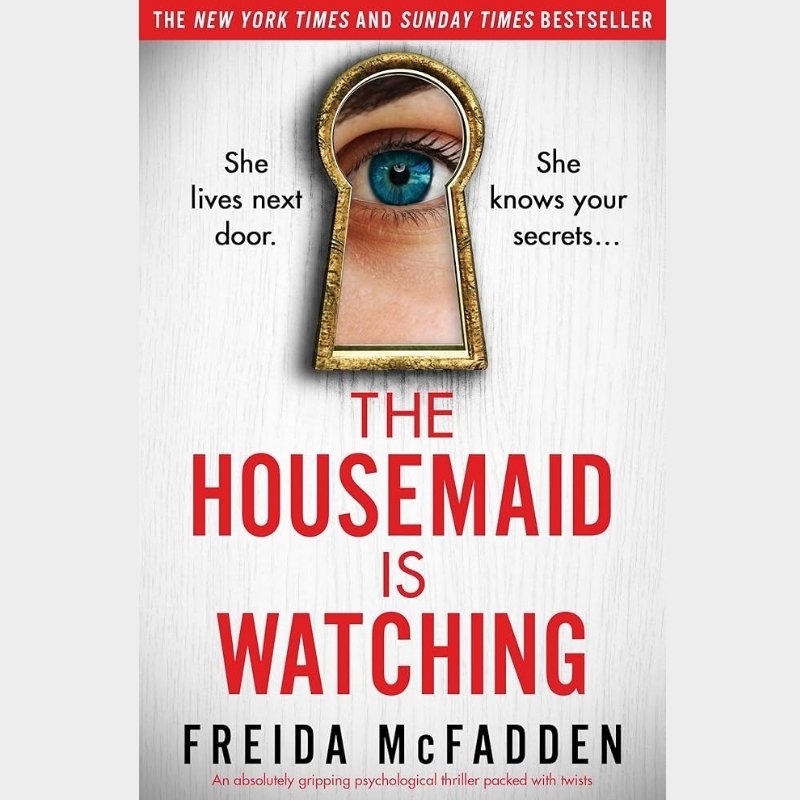
Surveillance, paranoia, staged perfection. Millie believes she has finally built a life for herself. Then she moves to a new neighborhood. The people smile too wide. The cameras blink too often. The lies return.
This book turns domestic suspense into full-blown paranoia. McFadden draws from suburban control systems—security, gossip, isolation. Millie no longer doubts herself. Now she doubts everyone else. Even her husband. Even her own memory.
The threat does not announce itself. It flickers in the edges of every page. Readers stay unsure about what Millie sees—and what she wants to believe.
27. The Housemaid’s Wedding (2024)
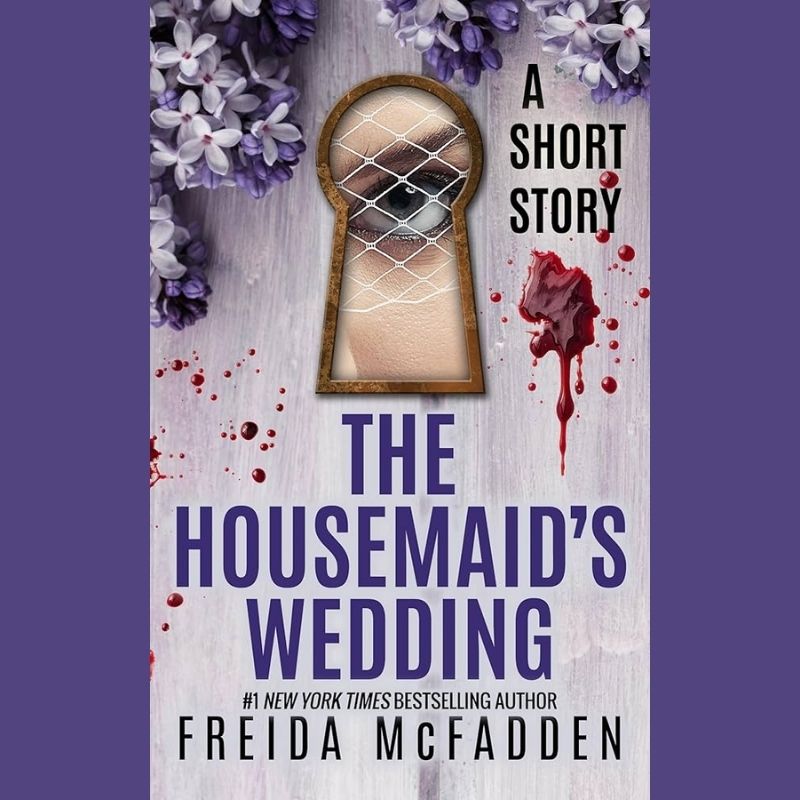
Everything should be perfect. Millie’s big day approaches. But when an old enemy returns, the fantasy cracks. The story reopens past wounds. The power dynamic flips again. McFadden refuses to offer peace. She presents a wedding wrapped in threats.
The writing cuts fast. The tension stays raw. Nothing feels safe. The ceremony becomes a climax of betrayal, revenge, and reckoning.
No one controls Millie anymore. But control comes at a cost.
The Housemaid series redefined McFadden’s career. Each book sharpens its own blade. Together, they form a portrait of a woman who refuses to break—even as the world tries to erase her.
Short Stories and Novellas
Freida McFadden uses her shorter works to distill terror into its purest form. These stories waste nothing. Each word matters. Each paragraph builds tension. No page offers comfort. While her novels build suspense slowly, her novellas attack immediately. They offer tight, enclosed nightmares where the ending always cuts deeper than expected.
28. The Gift (2022)

A mother gives her daughter something beautiful. The daughter begins to suspect the gift hides something ugly. McFadden packs a full psychological thriller into a compact narrative. Every emotion turns sour. Every smile fades too quickly.
The story traps readers in the tension between generosity and control. What starts as a celebration ends in suffocation. The twist arrives with no warning and leaves a lingering chill. The real gift? Knowing nothing can be trusted.
29. The Widow’s Husband’s Secret Lie (2024)

The title tells part of the truth. The story tells the rest—then tears it apart. A widow mourns. Her husband’s past unravels. Every discovery rewrites the story she thought she knew. McFadden plays with the idea of legacy. Memory becomes a weapon. Every clue builds to a devastating conclusion.
Readers will expect a twist. They will not expect how deep it cuts. The story leaves nothing intact—not the characters, not the timeline, not the reader’s sense of safety.
30. Death Row (2025)
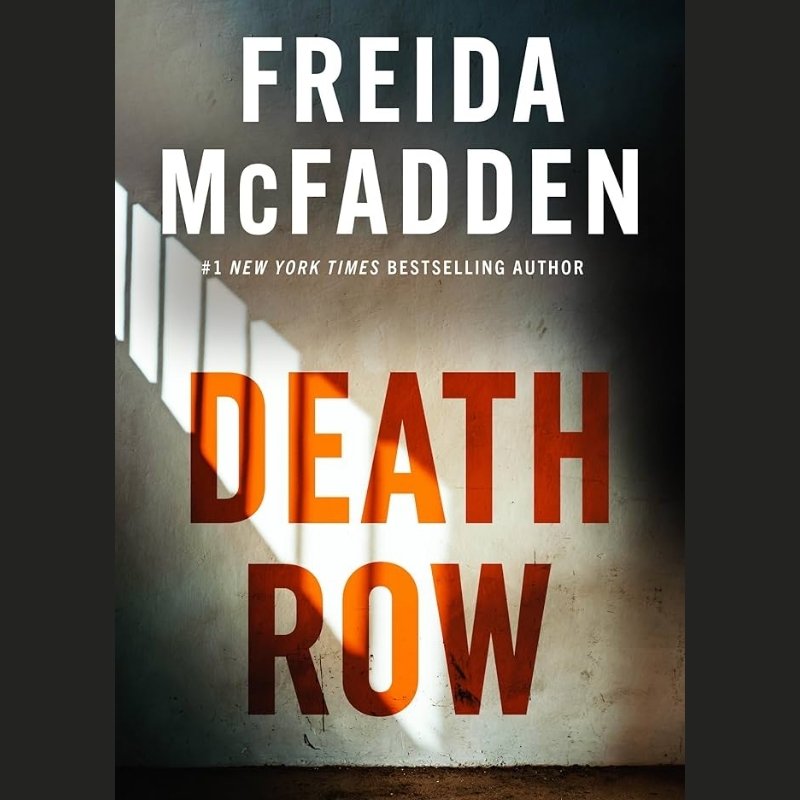
A prisoner awaits execution. A journalist asks questions no one wants answered. McFadden draws claustrophobia not from the cell, but from the ticking clock. Each conversation pulls another thread loose. Each answer feels too controlled.
The story grows colder by the page. Regret, guilt, denial—they all hang in the air like stale breath. McFadden never lets the reader know who to believe. The ending refuses to offer a resolution. Only silence.
Anthologies
Freida McFadden steps away from darkness in her anthology contribution—but only slightly. Her humor cuts with the same sharp edge as her suspense. Medical absurdities, awkward encounters, and painful truths collide in stories that make readers laugh while wincing. The setting remains familiar: hospitals, clinics, patients who confuse Google with a diagnosis. But instead of fear, the fuel is chaos.
31. 11 out of 10: A Collection of Humorous Medical Short Stories (2015)
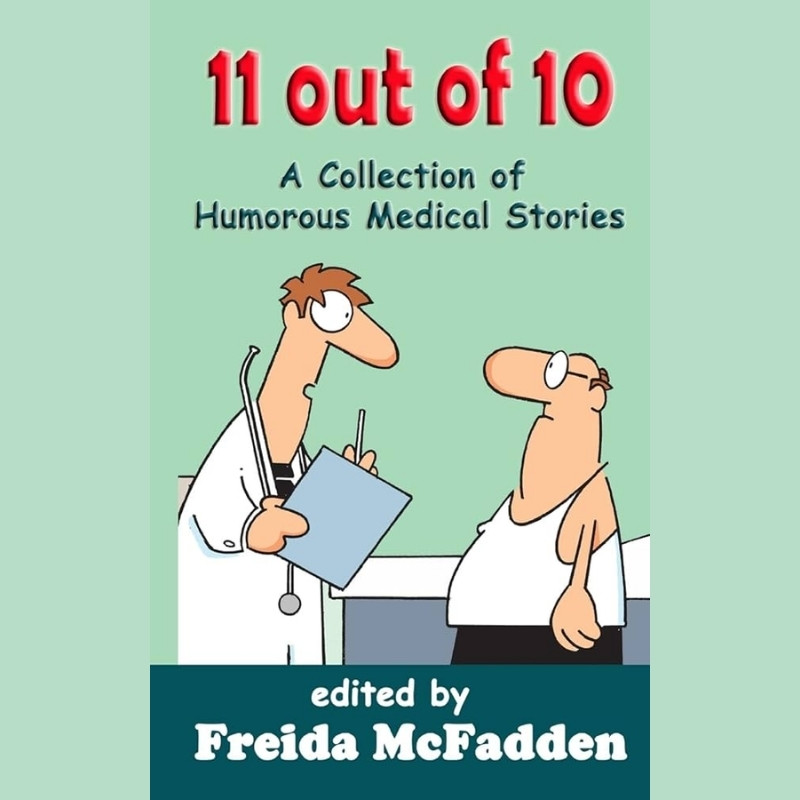
McFadden drops the scalpel and picks up a joke—with gloves still on. This collection captures the strangest, most ridiculous moments in medicine. The patients mispronounce medications. The doctors pray for coffee. The bureaucracy turns every shift into a comedy sketch.
Each story delivers a punchline born from exhaustion. McFadden writes with the insight of someone who has seen too much and processed it through laughter. Beneath the humor, readers still feel the weight of a system stretched thin.
Bottom Line
Freida McFadden does not tell stories. She builds traps. Each book starts with an open door, an inviting smile, a calm surface. Readers step inside. Then the walls shift. The lights dim. The truth waits in silence.
Her series carve out separate corners of suspense. The Dr. Jane McGill books blend humor and reality with a scalpel’s edge. The Prescription: Murder titles expose the rot hiding beneath academic prestige. The Housemaid series rips apart domestic illusions with ruthless accuracy. Her standalone thrillers, novellas, and anthologies prove she can cut through any genre—medical drama, domestic noir, identity crisis, locked-room paranoia.
No matter the story, the rules stay the same: nothing is what it seems. No character is safe. No reader walks away unchanged.
Read Next – Best Fantasy Romance Books







